Ancient Wood and Almonds Help Reveal Decades-Old Shipwreck’s Sinking Date
The Kyrenia shipwreck, discovered off the coast of Cyprus in 1965, has fascinated archaeologists for decades.
Initially believed to have sunk around 300 BC, new scientific methods have provided more precise dates.
First Glimpse of the Kyrenia Shipwreck
In 1965, local diver Andreas Cariolou stumbled upon the ancient Kyrenia shipwreck. This Greek Hellenistic-period vessel was excavated by marine archaeologist Michael Katzev and his team in the late 1960s.

Source: Kyrenia Ship Excavation
The well-preserved ship offered a treasure trove of artifacts, but its exact sinking date remained a mystery for years.
Initial Dating Attempts and Challenges
Early estimates based on pottery and coins suggested the ship sank between 294 BC and 290 BC. However, these dates were speculative, lacking scientific validation.
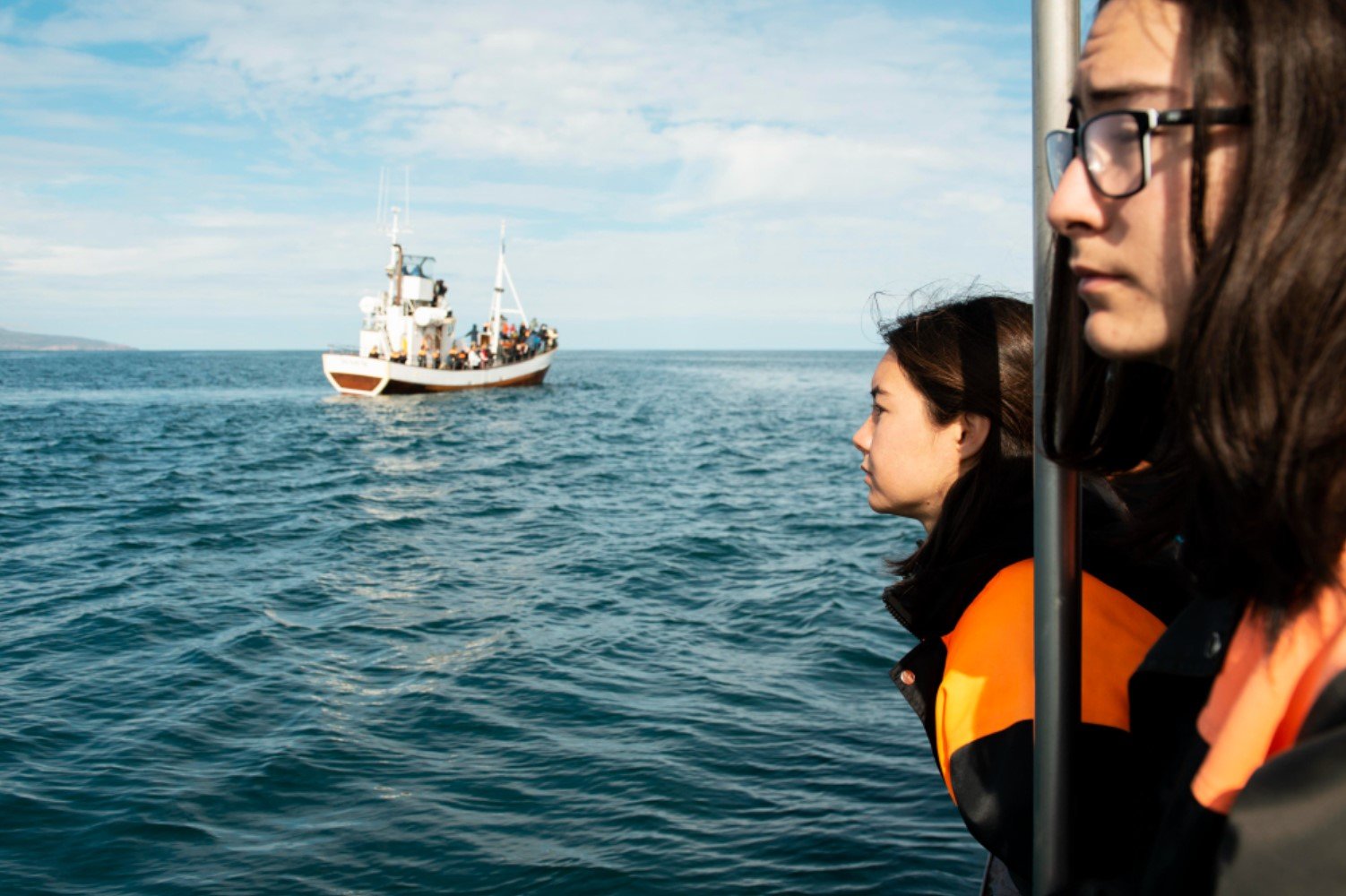
Source: Freepik
The challenge lay in the interference of polyethylene glycol (PEG), used to preserve the ship’s wood, which hindered accurate radiocarbon dating.
Overcoming Preservation Obstacles
Polyethylene glycol, injected to prevent the timber from crumbling, made radiocarbon dating difficult. Researchers developed a cleaning protocol in 2021 that successfully removed PEG from conserved wood.
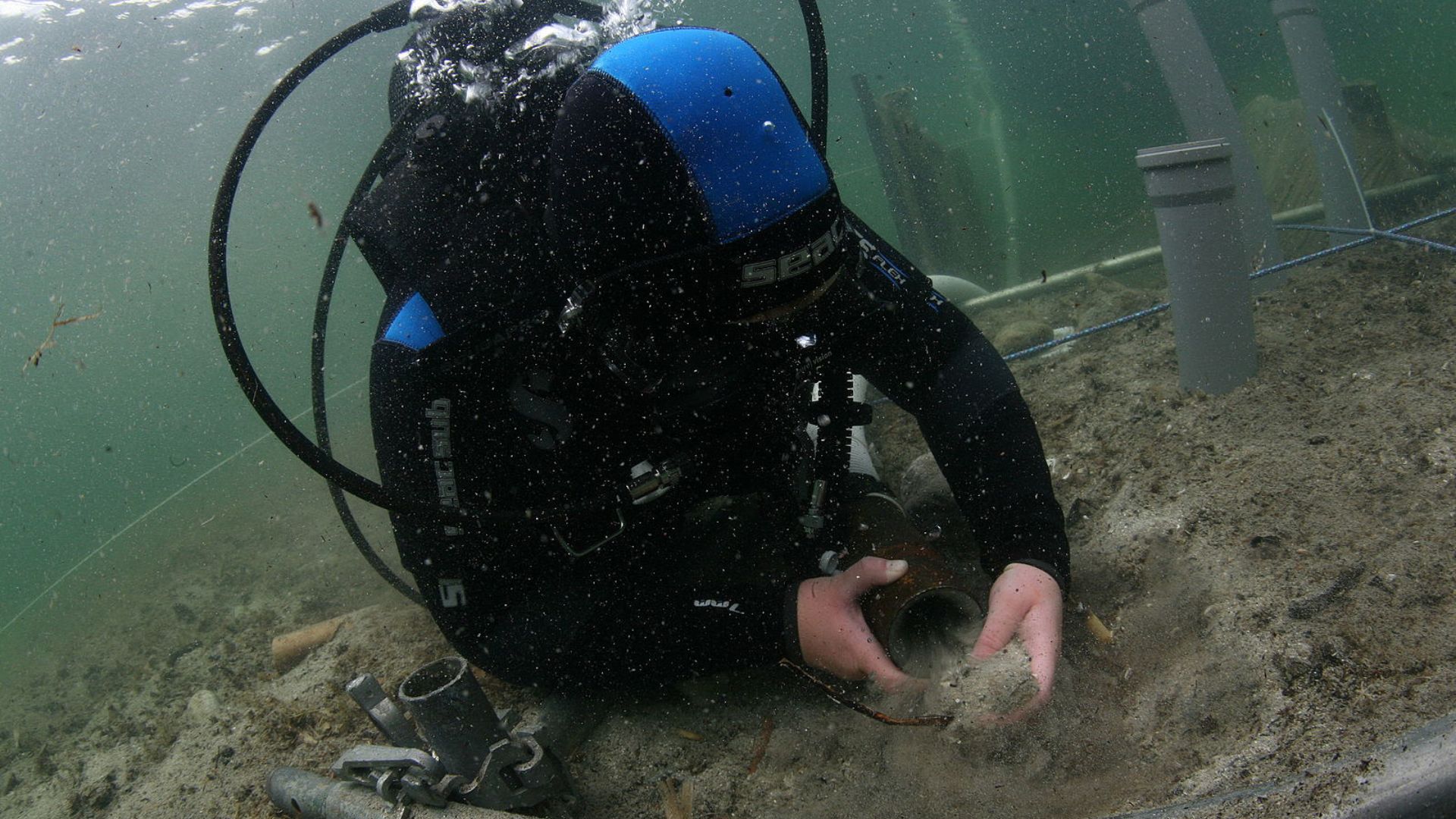
Source: Wikimedia Commons
This breakthrough allowed scientists to attempt dating the Kyrenia shipwreck’s wood samples accurately.
Radiocarbon Dating and Dendrochronology
By employing radiocarbon dating and dendrochronology, researchers could finally determine the ship’s age. These methods analyze organic materials and tree rings to establish precise timelines.

Source: Freepik
The new study, published in PLOS One, pinpointed the ship’s sinking between 296 BC and 271 BC, with a strong probability of 286 BC to 272 BC.
Recalibrating the Radiocarbon Curve
The outdated Northern Hemisphere radiocarbon calibration curve posed another challenge.

Source: Wikimedia
Researchers recalibrated it using sequoia and oak samples of known age from 400 BC to 250 BC. This revised curve was critical for achieving an accurate date range for the Kyrenia shipwreck.
Almonds and Other Organic Clues
The ship’s cargo provided additional dating clues. Ancient almonds, a twig, and an animal bone helped narrow down the timeline.

Source: Ashin K Suresh/Unsplash
These organic materials, used as food or cargo, were likely only a year or two older than the ship’s final voyage, offering more precise dating.
Significance of Almonds in Dating
Lead author Sturt Manning highlighted the importance of cargo like almonds. These items, perishable and transported as food, helped establish a more accurate sinking date.
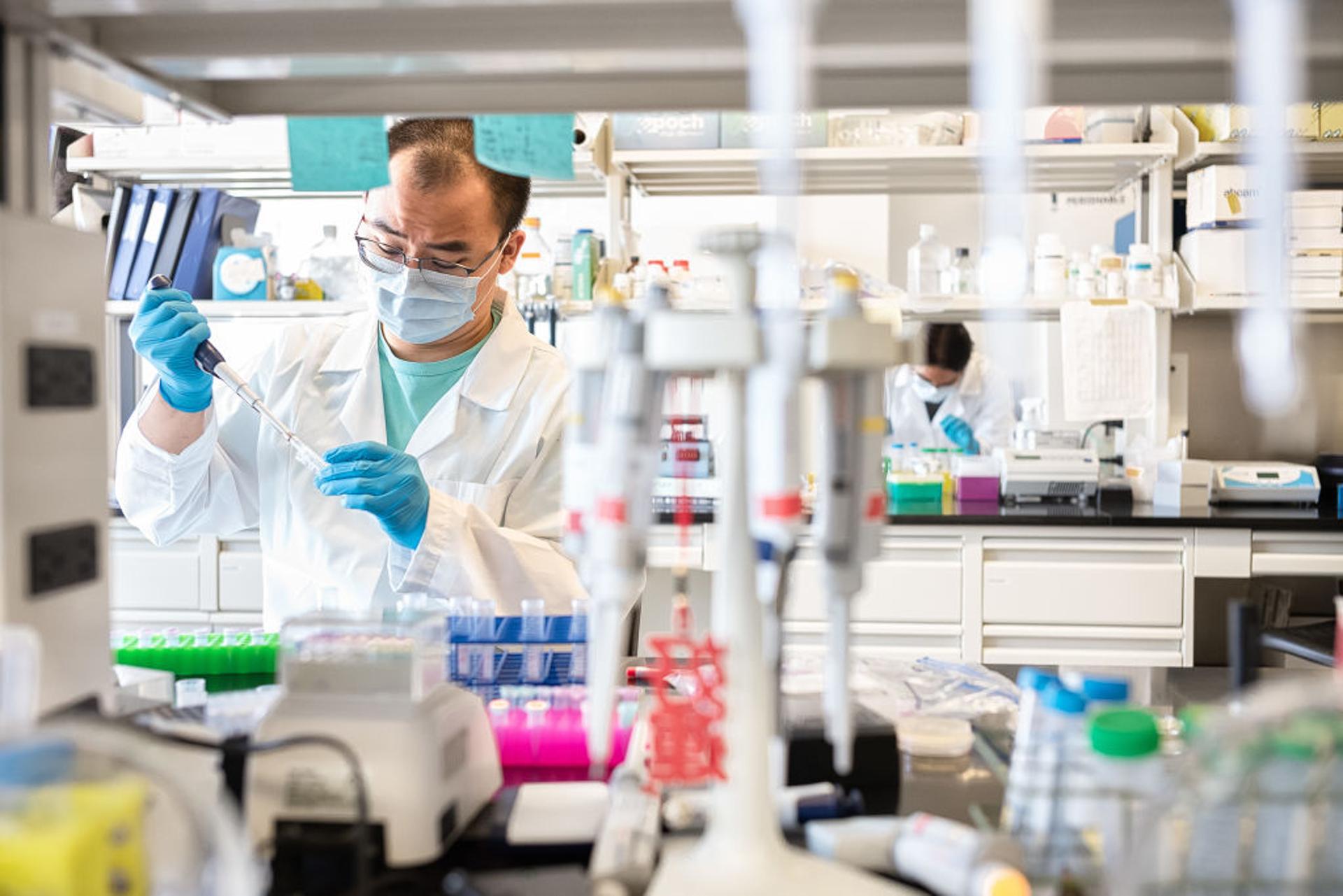
Source: Misha Friedman/Getty Images
The almonds indicated that the ship sank shortly after they were harvested and stored on board.
Implications for Archaeological Dating
This study’s findings have broader implications for dating ancient structures and shipwrecks.
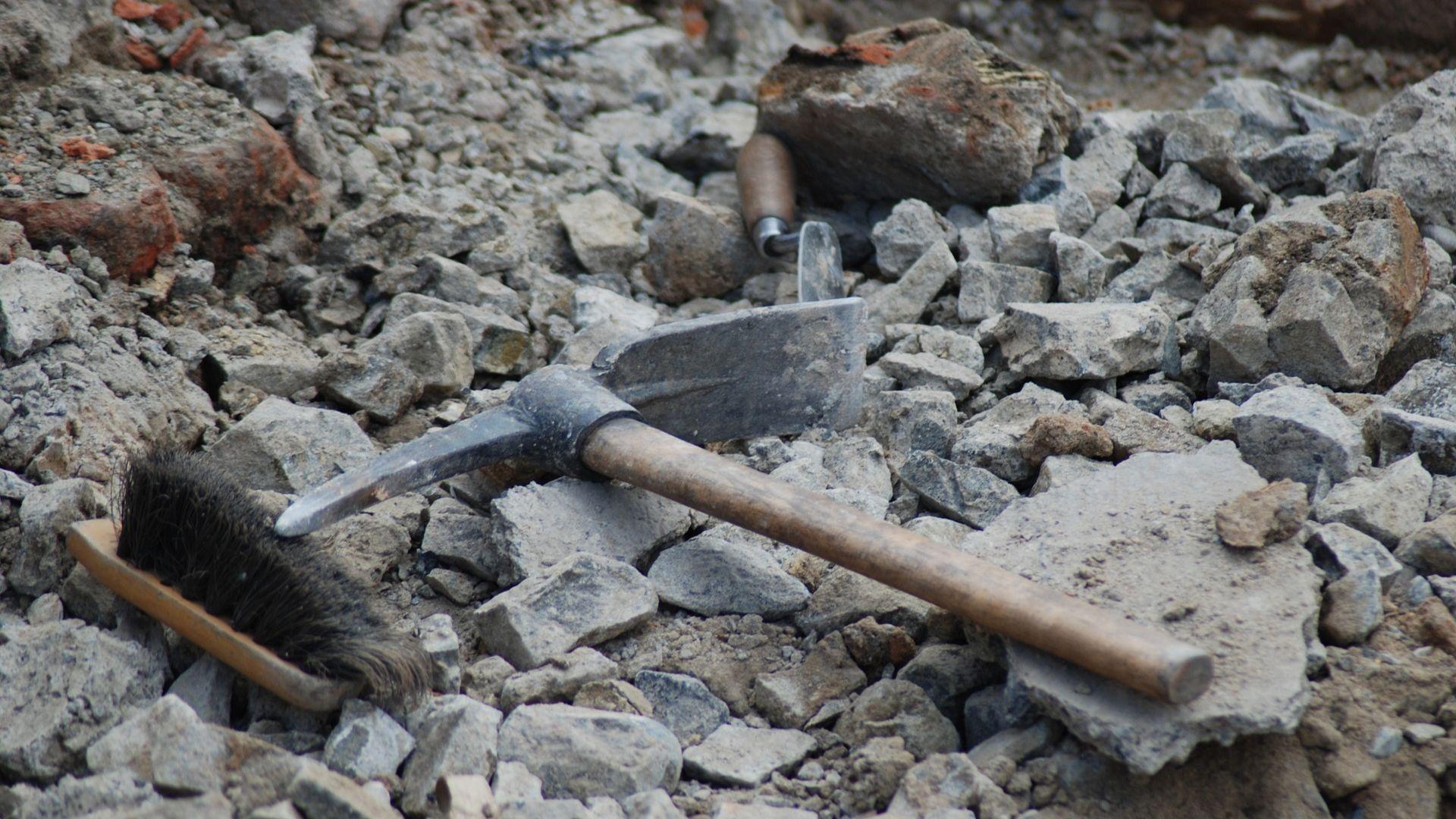
Source: Jumbuk73/Pixabay
The new techniques and recalibrated radiocarbon curves offer more accurate dating methods. This advancement aids archaeologists in precisely dating artifacts from similar historical periods.
A Glimpse into Ancient Trade
The Kyrenia shipwreck offers a glimpse into ancient trade practices. The vessel’s mixed cargo, including amphorae, coins, and food items, suggests it was used by traders operating across cultures in the Mediterranean.

Source: Freepik
This complex network connected different parts of the ancient world, much like today.
Continued Exploration and Discovery
As scientific methods advance, so does our understanding of the past. The Kyrenia shipwreck continues to be a subject of study, revealing new insights with each discovery.
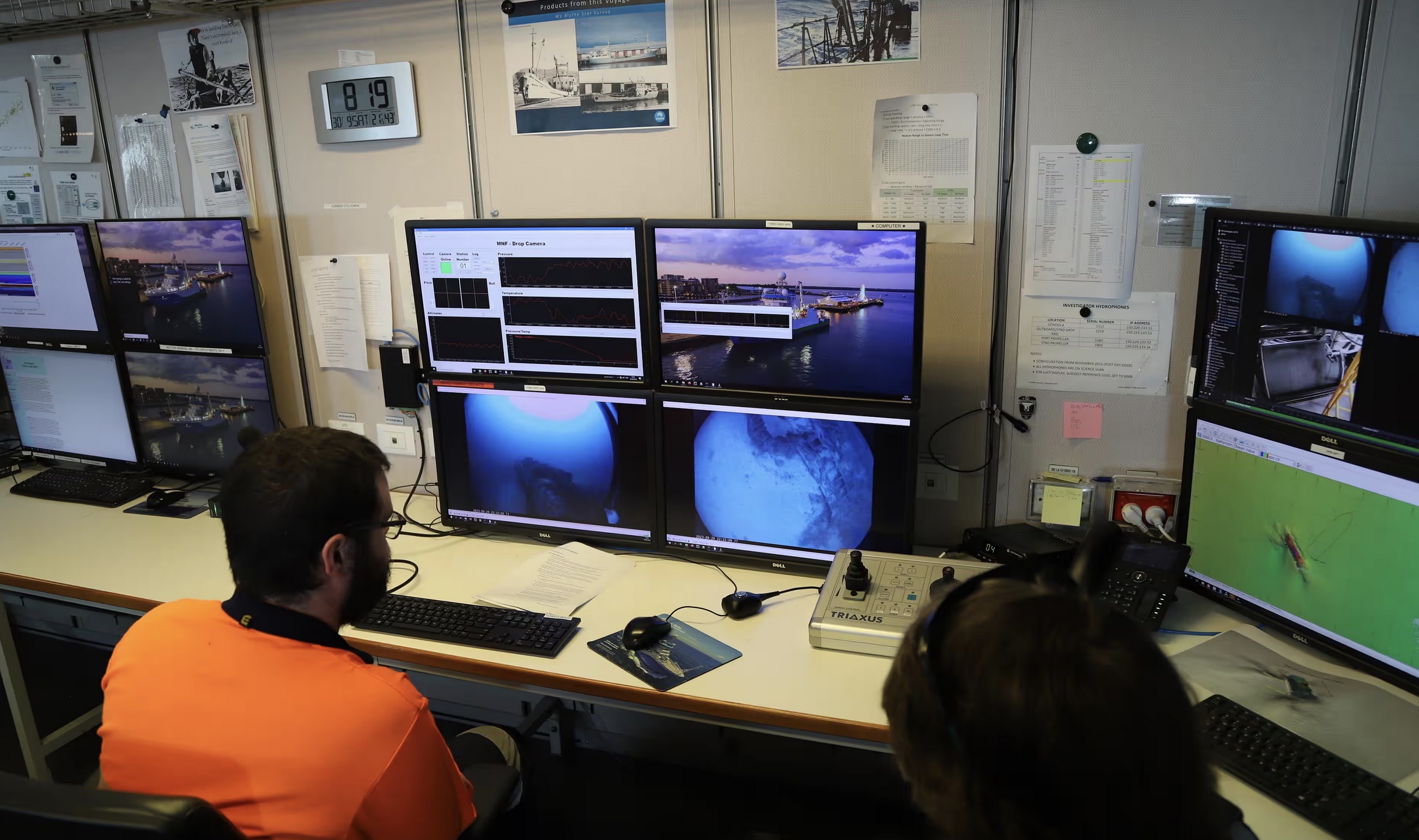
Source: CSIRO
These ongoing efforts emphasize the importance of preserving and studying ancient artifacts.
The Legacy of the Kyrenia Shipwreck
The Kyrenia shipwreck is not just an archaeological find. It’s a window into the ingenuity and resilience of ancient traders.

Source: Sarah Brown/Unsplash
With meticulous research and innovative techniques such as this, we unearth captivating stories from the past, illuminating history and its deep connections to our present.
